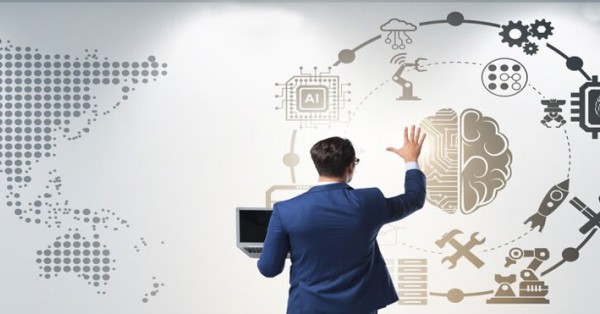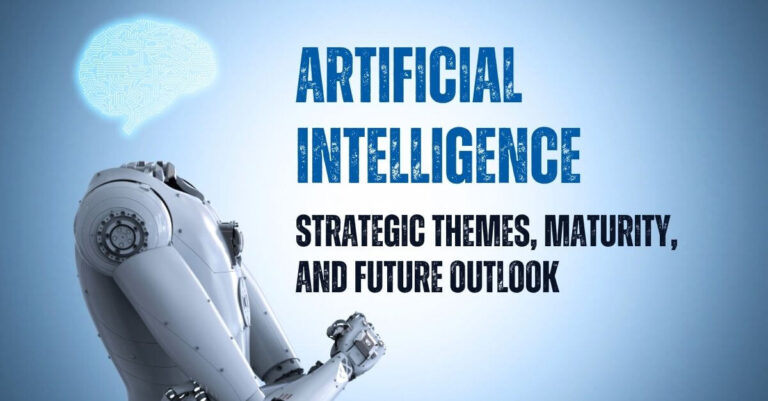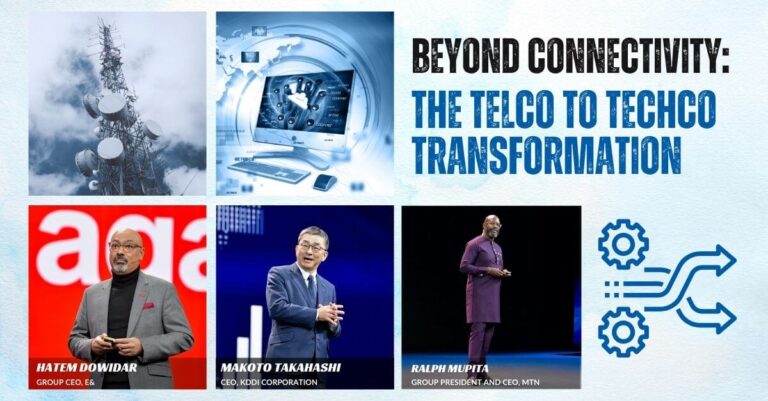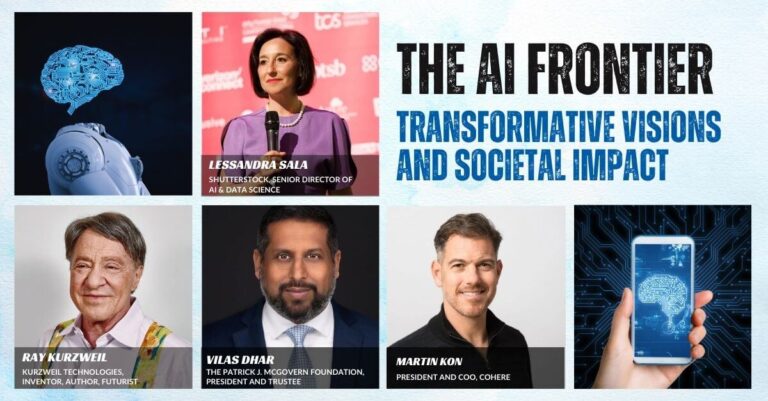Recently, while preparing for a talk about trust in AI, I had an epiphany. As I explored various use cases—some successful, others not so much—I realized we’ve been thinking about AI all wrong. The “artificial” in Artificial Intelligence has always felt a bit off, hasn’t it? What if we thought of AI instead as “assistive intelligence”?

The Evolution of Intelligence Testing
Remember the Turing test? For decades, it was our gold standard for machine intelligence. Alan Turing, the brilliant mathematician and computer scientist, proposed a deceptively simple test: if a computer could fool a human into thinking they were conversing with another person, we’d consider it intelligent. It was elegant, straightforward, and captured our imagination for generations.
But something interesting happened with the rise of Large Language Models like ChatGPT. Suddenly, passing the Turing test wasn’t such a big deal anymore. In fact, it made many people uncomfortable. The goalposts started moving, and a curious pattern emerged: as AI systems became more capable, the definition of “real” intelligence kept shifting.
The Fallacy of Simple Components
Many skeptics argue that AI can’t be truly intelligent because we understand how it works. “It’s just statistics,” they say, or “It’s merely choosing the most probable next word.” This argument has always struck me as peculiar. Just as chess can exhibit profound strategic complexity despite its simple rules, AI can demonstrate intelligent behavior even though we understand its underlying mechanisms. The intricacies of chess emerge from the interactions of its basic rules, and similarly, AI’s intelligence arises from the complex interplay of its statistical models and algorithms. Understanding the individual components doesn’t diminish the sophistication of the overall system.
Think about it: we know quite a bit about how neurons work in the human brain. Does understanding the basic mechanisms of neural firing make human intelligence any less remarkable? This reminds me of a fascinating historical parallel: In the 1800s, scientists insisted that organic molecules could only be created by a mysterious “life force.” When researchers finally synthesized organic compounds from inorganic materials, it shattered this belief. Yet here we are, centuries later, still clinging to similar notions about intelligence being somehow mystically human-exclusive.
Different Kinds of Intelligence
What makes this conversation so interesting is that AI isn’t trying to replicate human intelligence—it’s developing its own form. When I work with AI systems, I’m constantly amazed by their ability to do things that human brains find challenging. They can analyze vast datasets in seconds, identify patterns across thousands of documents, and make connections that might take humans years to discover.
The philosopher Tobias Rees makes an even bolder claim in his work with the Berggruen Institute. While I’ve been comparing AI’s impact to the printing press (which is no small thing), Rees argues it’s on par with the invention of written language itself. He suggests we’re witnessing a fundamental redefinition of intelligence, moving away from a human-centric view to understanding intelligence as a spectrum that includes both biological and artificial forms.
The Power of Partnership
Here’s where it gets exciting: when we stop trying to make AI replace humans and instead focus on collaboration, remarkable things happen. I’ve seen this firsthand in successful AI projects. The magic isn’t in having AI take over entirely—it’s in creating partnerships where both human and machine intelligence contribute their unique strengths.
Think about what humans do well: creativity, intuition, emotional intelligence, ethical reasoning, and adapting to novel situations. Now consider AI’s strengths: processing vast amounts of data, identifying patterns, maintaining consistency, and working tirelessly on repetitive tasks. When you combine these capabilities, you get something greater than the sum of its parts.
The Practical Advantage of Assistance
There’s also a practical benefit to thinking of AI as assistive rather than artificial. When you try to completely automate a process, you need near-perfect performance—a tall order that often leads to expensive failures. But when AI assists humans, 95% accuracy becomes perfectly workable because humans can catch and correct the occasional errors. It’s more cost-effective and often produces better results.
A New Beginning
What excites me most about this perspective shift is the possibilities it opens up. When we stop debating whether AI is “really” intelligent and start focusing on how it can assist us, we begin to see opportunities everywhere. AI can help us explore space, discover new medicines, fight climate change, and solve problems we haven’t even imagined yet.
The future isn’t about artificial intelligence replacing human intelligence—it’s about assistive intelligence enhancing human capabilities. By embracing this partnership, we’re not just adapting to new technology; we’re opening doors to achievements that neither humans nor machines could reach alone.
This isn’t just a semantic shift from “artificial” to “assistive.” It’s a fundamental rethinking of how we approach AI development and implementation. When we view AI as a collaborator rather than a replacement, we start asking better questions: How can AI assist us in this task? What unique strengths can each party bring to the table? How can we design systems that enhance rather than replace human capabilities?
The next time you think about AI, try shifting your perspective. Instead of seeing it as an artificial attempt to replicate human intelligence, consider it a different kind of intelligence ready to assist and enhance human capabilities. This isn’t just a new chapter in technology—it’s a new beginning in how we think about intelligence itself.




























